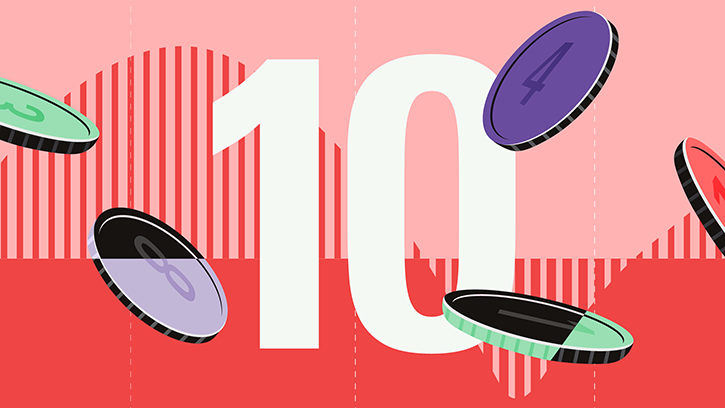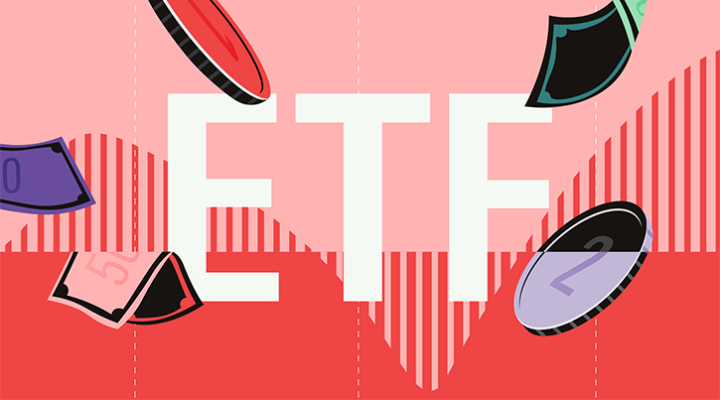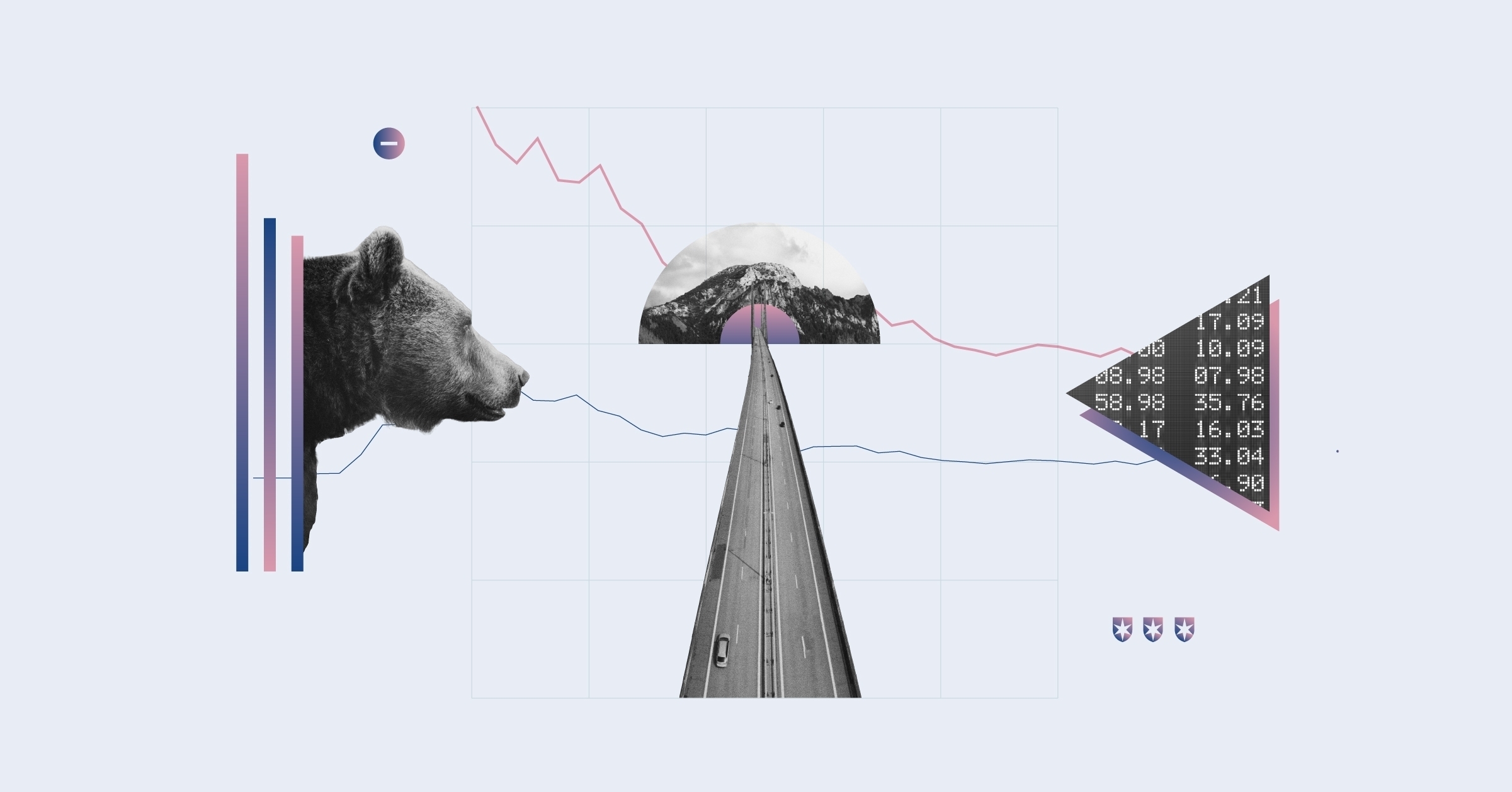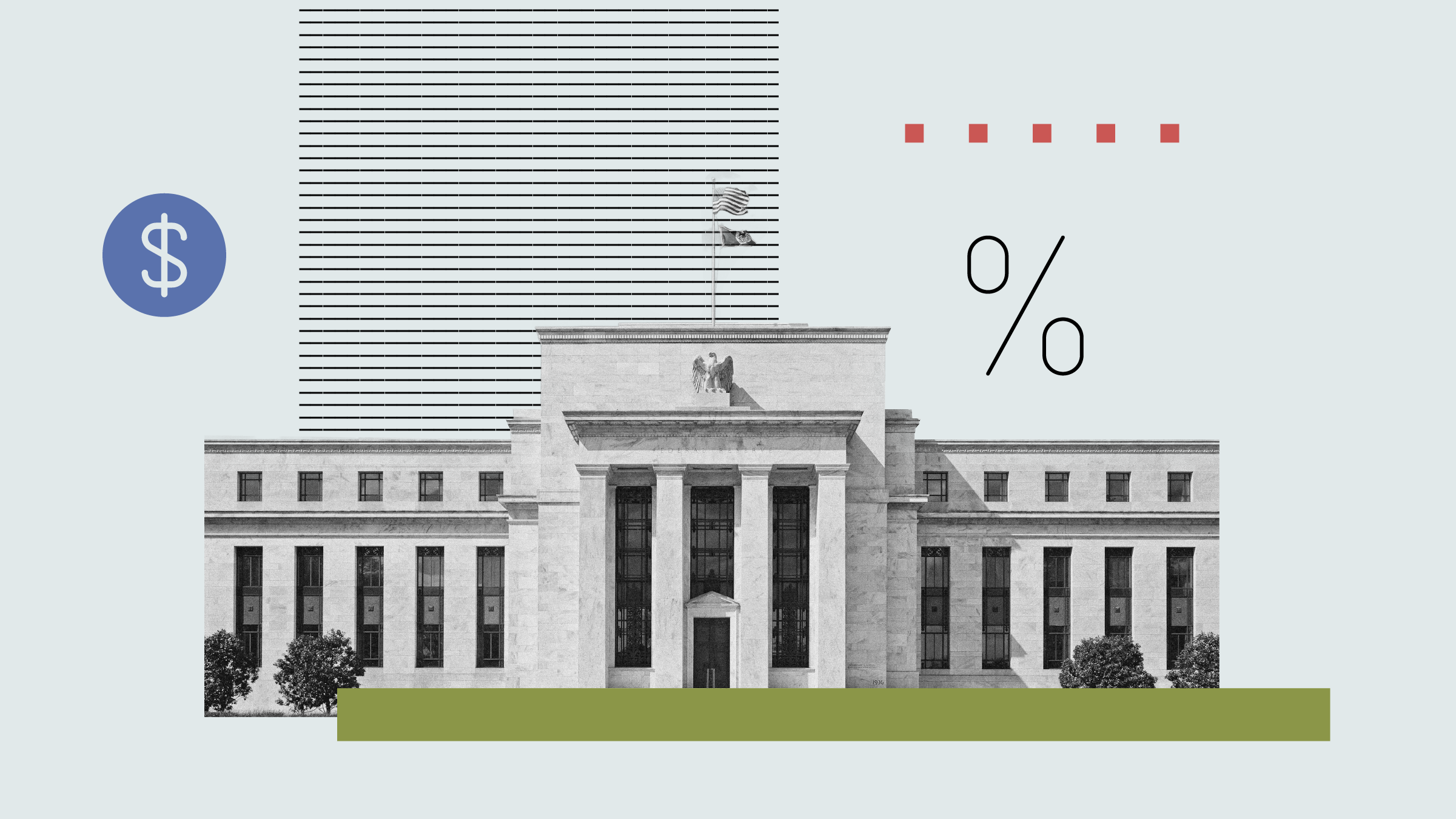As most equity markets around the world remain sluggish, India-focused funds continue to perform in 2015, up an average of 6% year to date, and that's on the heels of an average 40% return in 2014.
Investor sentiment on India continues to be quite positive. Prime Minister Narendra Modi has made some progress on his reform agenda, which includes raising limits on foreign ownership in areas such as the insurance industry and proposing a new centralised business tax code that would greatly simplify a current patchwork structure that is controlled at the provincial level.
India also has benefited recently from lower oil prices. The country is a net importer of oil, so it has seen a decline in its current account deficit, as well as inflation. That, in turn, has allowed the Reserve Bank of India to adopt a more accommodative monetary policy to support economic growth. And relative to its emerging-markets peers, India's outlook is better. While China's economy slows and Brazil's teeters on the brink of recession, the International Monetary Fund estimates a healthy 7% growth rate for India's economy this fiscal year.
Historically, India equities have rallied on positive momentum to very lofty valuations. So while the MSCI India Index (a US dollar-denominated market-cap-weighted index of companies listed in India) is currently trading at a trailing 12-month price/earnings ratio of 20 times, it has traded as high as 30 times. India also has a history of trading at a significant premium to the MSCI Emerging Markets Index. That said, a sudden upturn in oil prices would be a significant headwind for India's economic growth and could quickly deflate the country's equity markets.
Exhibit 1: Price/Earnings Multiples for the MSCI India and MSCI Emerging Markets Indices

It almost goes without saying that India equities are very volatile. During the 2008 global financial crisis, the MSCI India Index fell 69%. India depends heavily on foreign fund flows for investment and growth. When markets are in a risk-off mode or when investors become concerned about a potential stall in economic reforms or a deterioration in macroeconomic fundamentals, foreign funds quickly flow out of Indian equities, which can quickly drive down share prices. These factors, combined with India's current account deficit, also drive volatility in the Indian rupee and, therefore, the returns of an India equity fund. These funds do not hedge their foreign-currency exposure, so their returns reflect both the change in value of the underlying assets as well as the change in the Indian rupee against the US dollar.
Active vs. Passive in India
Within the India equity Morningstar Category, the actively-managed funds have on average outperformed the passively-managed funds on lower volatility during the past three- and five-year periods. Longer comparisons are not possible, as India exchange-traded funds have launched only in the last few years.
Exhibit 2: Active Beats Passive, but Time Period Is Short and Sample Size Is Small

These time periods are short and the passive fund peer group is small, so one cannot definitively conclude whether to go active or passive in India. During that time period, however, there were some consistent differences between the portfolios of actively-managed and passively-managed India funds.
First, most actively-managed funds do not hold energy conglomerate Reliance Industries, one of India's largest public companies and therefore one of the largest holdings of the passively-managed funds. Reliance has underperformed the broader market for a number of years because of delays on new production projects and below-average returns on invested capital. Second, actively-managed funds have had larger weightings in Indian banks relative to the index, and those stocks have been performing well; they tend to have healthy balance sheets and direct exposure to India's growing middle class. Finally, in 2014, active fund managers had more exposure to and exhibited good stock selection among mid-cap companies, an area that typically accounts for a small allocation in passively-managed funds.
The recent outperformance of actively-managed funds over passively-managed funds illustrates how, in emerging markets, the largest companies may not always be good investments—these companies may be government-controlled entities or coddled firms in a protected sector. As such, a cap-weighted passive strategy may not be the best option, unlike in the United Kingdom, where the largest companies tend to be highly successful, well-run companies suitable for long-term investors.
Fund Options
There are only three ETFs listed on European exchanges offering equity exposure to India. Most of them track either the MSCI India Index or the S&P CNX Nifty Index. The largest in terms of total assets under management is the swap-based Lyxor ETF MSCI India C-EUR (£1.2 billion); it is also the most expensive with an Ongoing Charge of 0.85%. The largest alternative is db x-trackers S&P CNX NIFTY ETF, which tracks the CNX Nifty Index and therefore represents a slightly smaller share of the Indian economy compared to the Lyxor fund. The db x-trackers option charges 0.65%. Investors wanting exposure to the broader index, but at a lower cost compared to the Lyxor offering, could look at the Amundi ETF MSCI India, which also uses synthetic replication and levies a slightly lower Ongoing Charge of 0.80%.
db x-trackers CNX Nifty 1C (XNID) (USD)
The fund provides exposure to India’s largest equities by tracking the S&P CNX Nifty Index. The index is market capitalisation weighted, and represents approximately 60% of the overall market capitalisation of the country. The constituents are spread across more than 20 sectors and thereby offer well-diversified access to the Indian stock market. This ETF uses swap-based replication methods to track the performance of the S&P CNX NIFTY index and has achieved 3-year annualised returns of 12.1%. The Ongoing Charge is 0.65%.
Amundi ETF MSCI India EUR A/I (CI2) (GBP)
This ETF seeks to track the price and yield performance, before fees and expenses, of the MSCI India index. The index is an equity index calculated and published by the international index provider MSCI. The equities that make up the index are drawn from the leading securities traded in the Indian market. This ETF uses swap-based replication methods and has achieved 3-year annualised returns of 10.6%. The Ongoing Charge is 0.80%.
Lyxor ETF MSCI India C-EUR (INR) (EUR)
This ETF is by far the largest of the three, with assets under management of £1.2 billion. It is also the most expensive of the three, with an Ongoing Charge of 0.85%. This ETF uses synthetic replication to track the performance of the MSCI India Index, which includes about 60 of the largest and most liquid stocks of publicly-traded companies trading on the National Stock Exchange of India. The index aims to hold 85% of the market capitalisation of each industry. The fund has achieved a 3-year annualised return of 10.5%.
Morningstar Passive Strategies Analyst Caroline Gutman contributed to this article.































